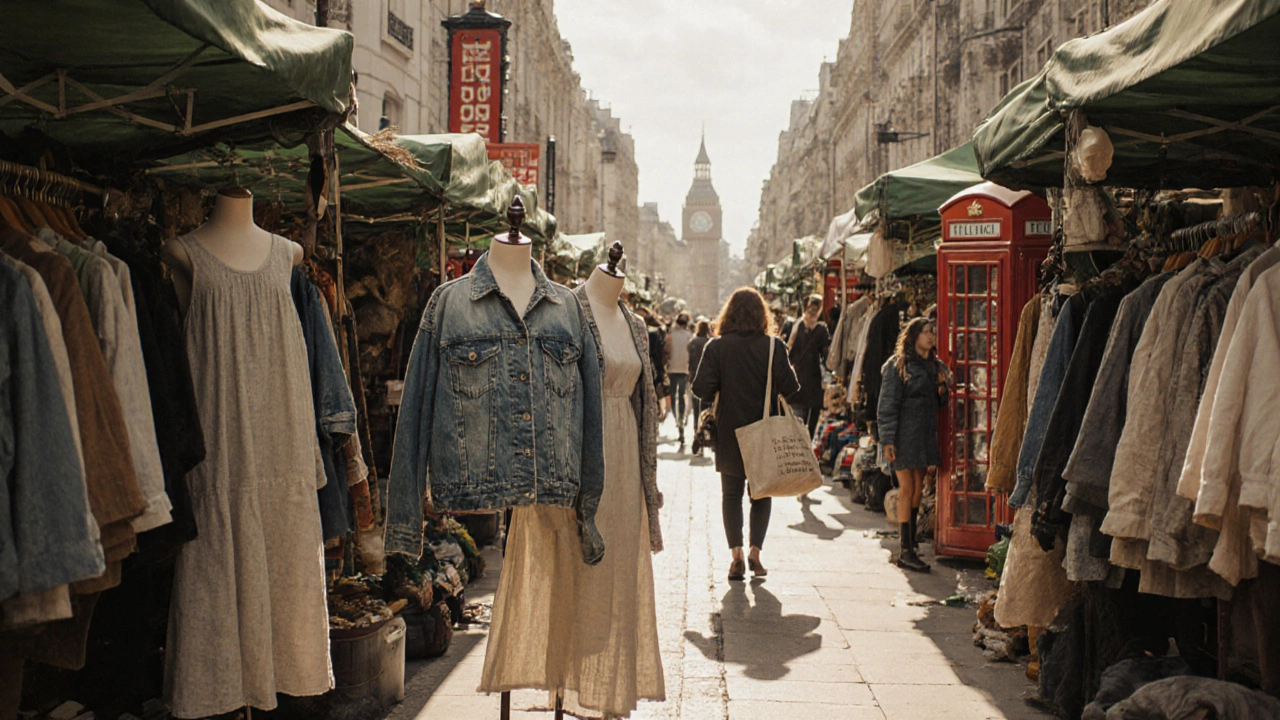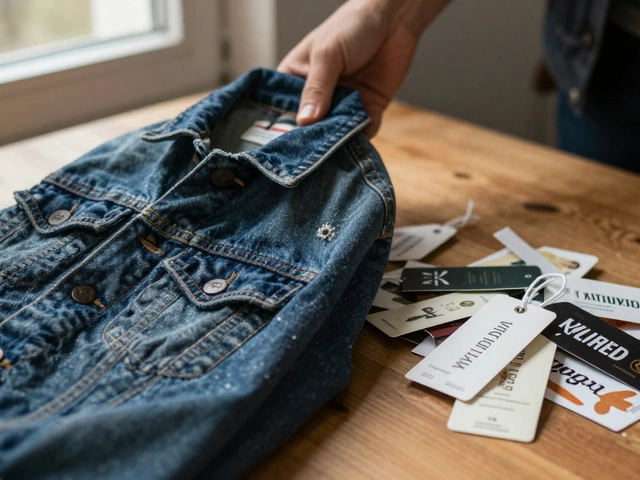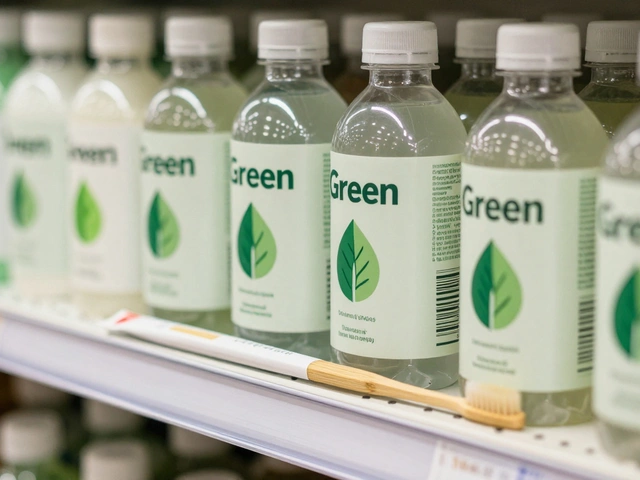Eco-Friendly Apparel: How to Dress Green Without Breaking the Bank
Trying to look good while keeping the planet happy can feel like a juggling act. The good news? You don’t need a huge budget or a fashion degree to make smart choices. In this guide we’ll break down what actually counts as eco-friendly apparel, show you where to find real sustainable pieces, and give you everyday habits that keep your wardrobe low‑impact.
What Makes Apparel Eco-Friendly?
First, let’s clear up the buzzword soup. Not every “organic” tag means the whole product is green. The biggest factors are the fibers, the production process, and the brand’s overall transparency.
- Fiber source: Look for certified organic cotton, Tencel, hemp, or recycled polyester. These materials use less water, fewer chemicals, or give new life to waste.
- Manufacturing impact: Brands that publish energy use, water recycling, or low‑waste cutting methods are usually safer bets. If they disclose factory locations and audit results, that’s a plus.
- Longevity: A garment that lasts longer reduces the need for replacements. Check the stitching quality, fabric weight, and care instructions—durable pieces often feel a bit heavier.
When a product checks two or three of these boxes, you’re likely looking at a genuine eco‑friendly item rather than greenwashing.
Smart Shopping Tips for a Sustainable Wardrobe
Now that you know what to look for, here are practical steps you can use on your next shopping trip—online or in‑store.
1. Start with a wardrobe audit. Pull out the clothes you actually wear and set aside the items that sit untouched. This helps you spot gaps you truly need to fill, rather than buying “just because”.
2. Use a checklist. Keep a short list on your phone: organic/recycled fibers, transparent supply chain, durability, and fair‑wage certification. Scan product pages or tags and tick off each item.
3. Shop secondhand. Thrift stores, online resale platforms, and local swap events are gold mines for unique pieces that already have a life. You’ll often find high‑quality fabrics at a fraction of the original price.
4. Support small ethical brands. Independent labels usually have tighter control over their materials and tend to be more honest about their processes. Look for brands that share production stories, not just marketing slogans.
5. Buy versatile basics. A well‑fitted tee, a sturdy denim pair, and a simple jacket can be mixed and matched endlessly, reducing the total number of items you need.
6. Care for your clothes. Wash in cold water, avoid the dryer when possible, and repair small tears before they turn into major damage. Proper care extends a garment’s life by years.
By following these steps you’ll fill gaps in your closet with pieces that actually matter, and you’ll avoid the endless cycle of fast‑fashion turnover.
Eco-friendly apparel isn’t a niche reserved for runway models. With a bit of research and a few smart habits, you can build a stylish, planet‑friendly wardrobe that fits your budget and your life. Start small, stay curious, and watch your closet transform into a collection you feel proud to wear.
Sustainable fashion means designing, making, and wearing clothes with minimal environmental harm and fair labor practices. Learn its core pillars, how to spot genuine brands, and easy steps for a greener wardrobe.






